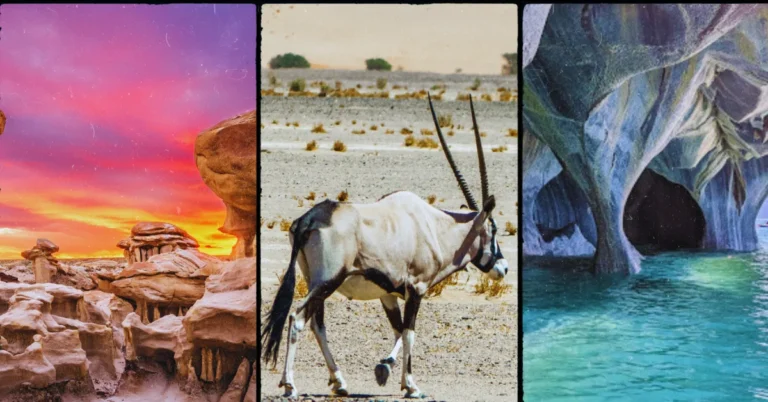16 of the Most Beautiful Animals of Asia: A Celebration of Diversity
Asia, the largest and most diverse continent, is home to an incredible array of wildlife. From the snow-capped Himalayas to the lush rainforests of Borneo, Asia’s landscapes harbor some of the most captivating and beautiful creatures on Earth. In this blog post, we’ll delve into the lives of sixteen beautiful animals of Asia, showcasing the incredible diversity and beauty of Asian wildlife. Each of these species has a unique story to tell, and their beauty reflects the rich tapestry of life in this vast region.
1. Red Panda
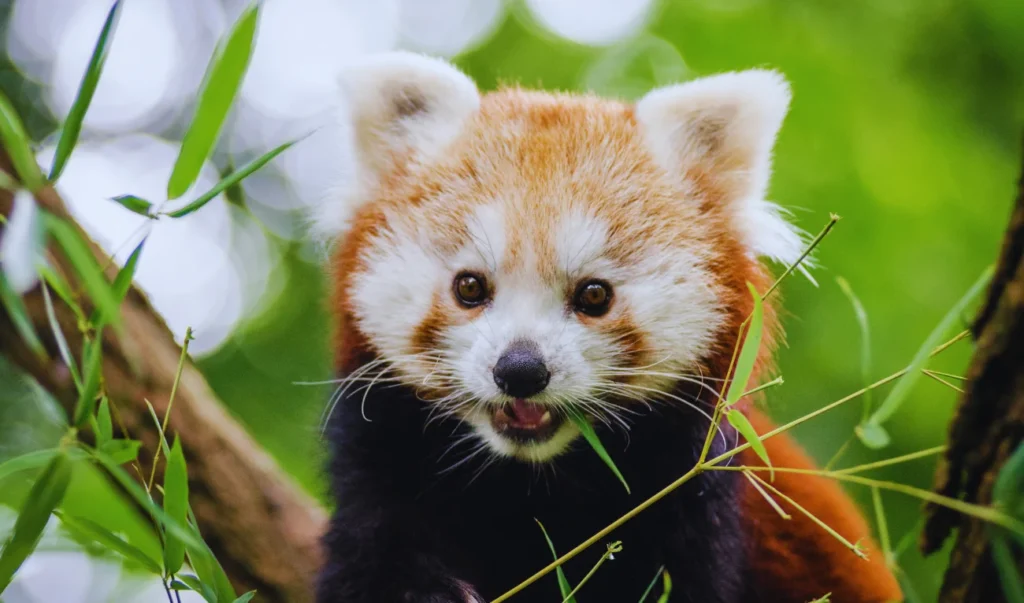
Description:
The red panda, also known as the lesser panda, is a small mammal native to the eastern Himalayas and southwestern China. Its dense reddish-brown fur, black belly and legs, white-lined ears, and ringed tail make it a striking sight.
Fast Facts:
| Scientific Name | Ailurus fulgens |
|---|---|
| Habitat | Coniferous forests, temperate broadleaf forests |
| Diet | Bamboo shoots, leaves, fruits, and blossoms |
| Status | Endangered (IUCN Red List) |
| Fun Fact | The red panda’s place on the evolutionary tree has been debated, but modern genetic evidence places it in close affinity with raccoons, weasels, and skunks. |
2. Bengal Tiger
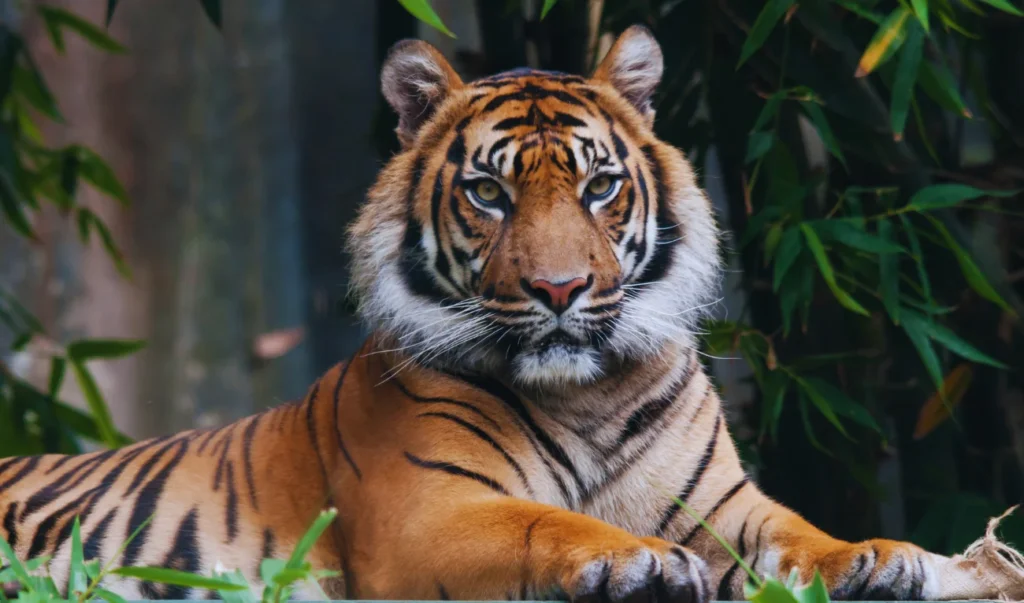
Description:
The Bengal tiger is a majestic big cat that roams the forests of India, Bangladesh, Nepal, Bhutan, and southwestern China. Its iconic orange coat with black stripes evokes both fear and awe.
Fast Facts:
| Scientific Name | Panthera tigris tigris |
|---|---|
| Habitat | Forests, grasslands |
| Diet | Carnivore |
| Status | Endangered (IUCN Red List) |
| Trivia | The Bengal tiger is the national animal of India. |
3. Snow Leopard
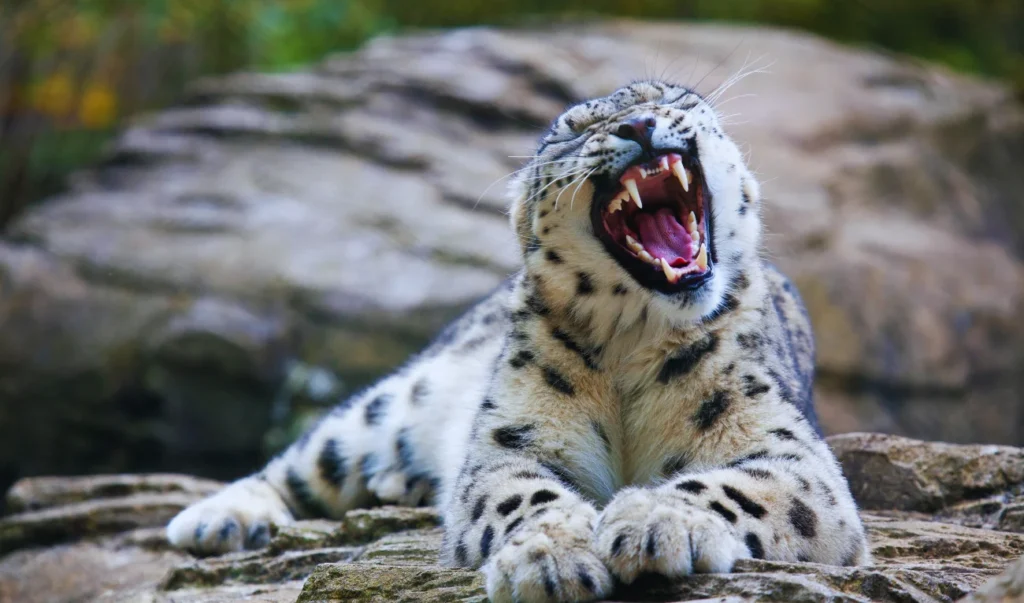
Description:
The elusive snow leopard inhabits the cold, rugged mountains of Central and South Asia. Its spotted coat helps it blend seamlessly into the rocky slopes.
Fast Facts:
| Scientific Name | Panthera uncia |
|---|---|
| Habitat | Mountain ranges |
| Diet | Carnivore |
| Status | Vulnerable (IUCN Red List) |
| Trivia | The snow leopard is known as the “ghost of the mountains” for its elusive nature. |
4. Markhor
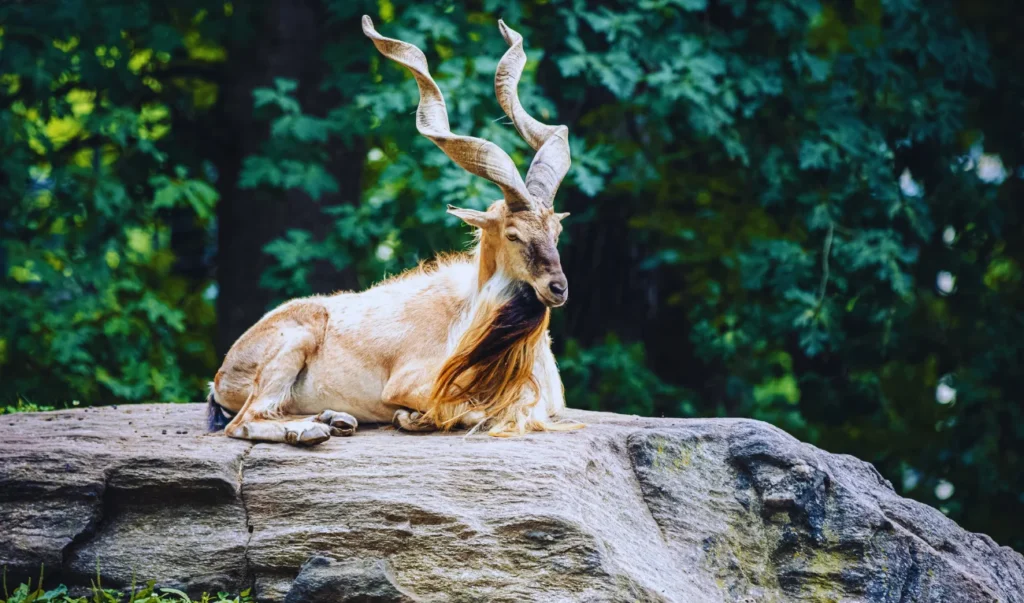
Description:
The markhor, with its magnificent, twisted horns, roams the rugged mountains of Central Asia. This wild goat species is both elusive and captivating.
Fast Facts:
| Scientific Name | Capra falconeri |
|---|---|
| Habitat | Rocky and forested areas |
| Diet | Herbivore |
| Status | Endangered (IUCN Red List) |
| Trivia | The word “markhor” translates to “snake eater” in Persian. |
5. Marwari Horse
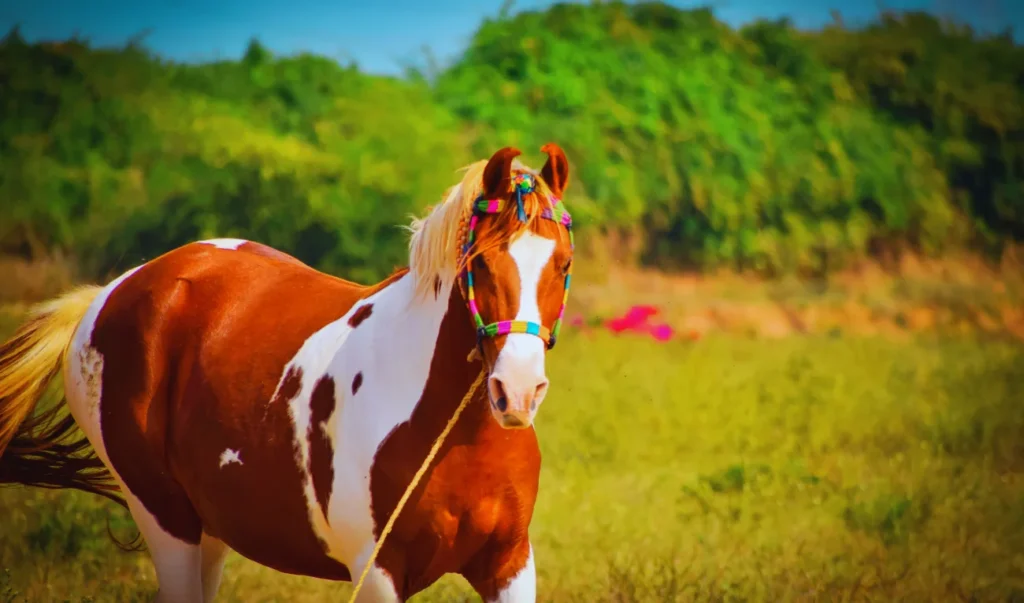
Description:
The Marwari horse hails from the arid region of Marwari in Rajasthan, India. Known for its distinctive inward-curving ears and elegant appearance, this breed has a rich cultural heritage.
Fast Facts:
| Scientific Name | Equus ferus caballus |
|---|---|
| Habitat | Arid regions, farmlands |
| Diet | Herbivore |
| Status | Domesticated |
| Trivia | The Marwari horse is considered a symbol of nobility and courage in Rajasthani culture. |
6. Japanese Macaque

Description:
The Japanese macaque, also known as the snow monkey, thrives in Japan’s snowy landscapes. These intelligent primates have adapted remarkably to their environment.
Fast Facts:
| Scientific Name | Macaca fuscata |
|---|---|
| Habitat | Forests, mountains, hot spring areas |
| Diet | Omnivore |
| Status | Least Concern (IUCN Red List) |
| Trivia | The Japanese macaque is known for its use of hot springs during winter. |
7. Bactrian Camel
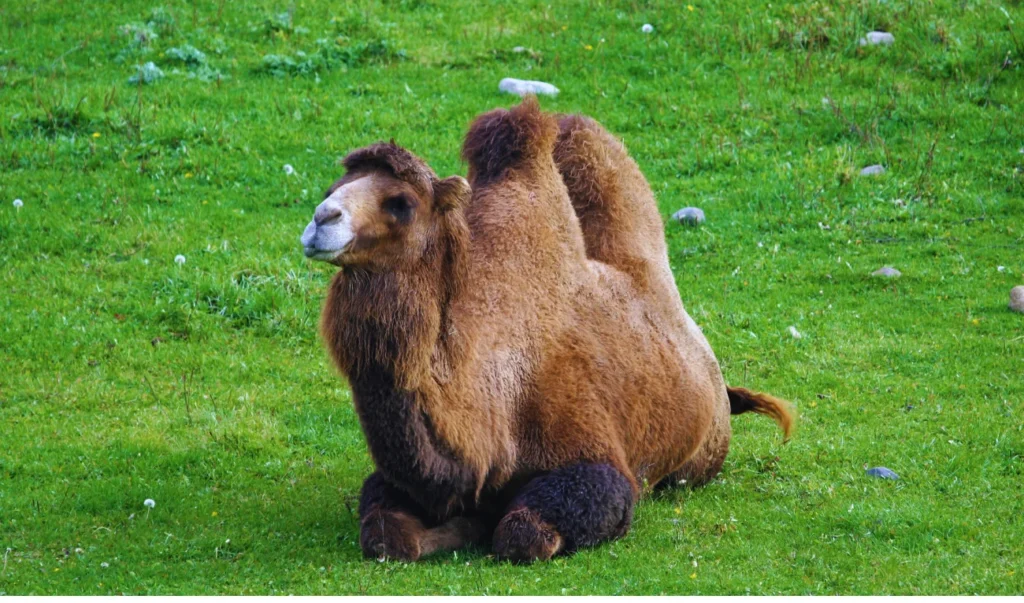
Description:
The Bactrian camel, also known as the Mongolian camel, is a large even-toed ungulate native to the steppes of Central Asia. Unlike its single-humped cousin, the dromedary, the Bactrian camel boasts two humps on its back.
Fast Facts:
| Scientific Name | Camelus bactrianus |
|---|---|
| Habitat | Rocky deserts, steppes |
| Diet | Herbivore |
| Status | Domesticated (mainly) |
| Trivia | Bactrian camels have served as pack animals in Inner Asia since ancient times. |
8. Asiatic Lion

Description:
The Asiatic lion, also known as the Persian lion, survives in the wild only in India. These majestic big cats are characterized by their tawny fur and regal mane.
Fast Facts:
| Scientific Name | Panthera leo persica |
|---|---|
| Habitat | Dry deciduous forests, grasslands |
| Diet | Carnivore |
| Status | Endangered (IUCN Red List) |
| Trivia | The Asiatic lion once roamed across Southwest Asia, from Greece to India. |
9. Black Bear

Description:
The American black bear, also known as the black bear, is a species of medium-sized bear endemic to North America. It is the continent’s smallest and most widely distributed bear species.
Fast Facts:
| Scientific Name | Ursus americanus |
|---|---|
| Habitat | Forested areas |
| Diet | Omnivore |
| Status | Least Concern (IUCN Red List) |
| Trivia | The black bear is not closely related to brown bears or polar bears. |
10. Gibbons
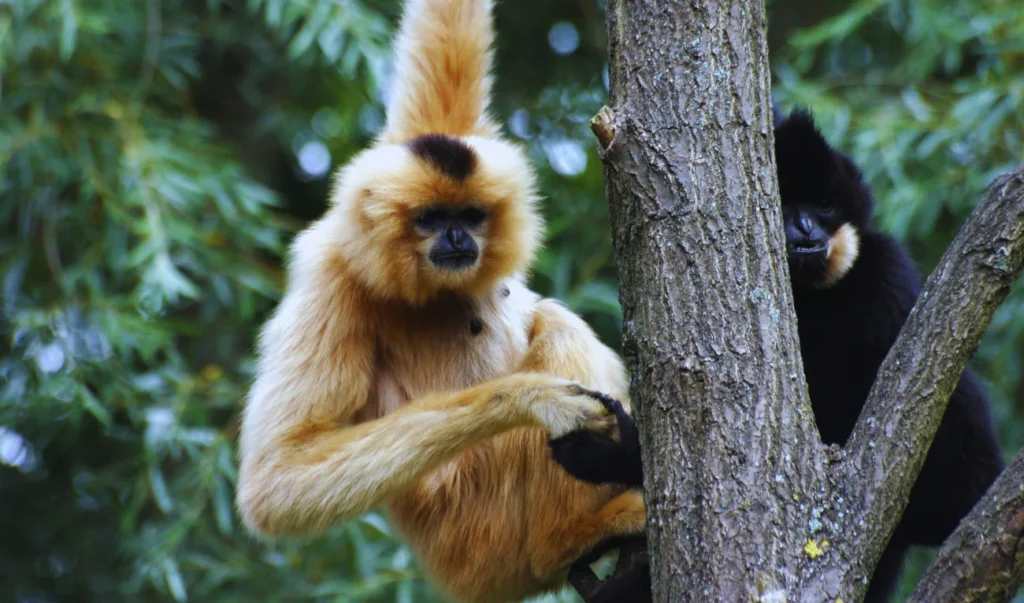
Description:
Gibbons, also known as the lesser apes, are small apes found in subtropical and tropical rainforests across Southeast Asia. They are known for their incredible agility and loud calls.
Fast Facts:
| Scientific Name | Hylobatidae |
|---|---|
| Habitat | Rainforests |
| Diet | Omnivore |
| Status | Varies by species (IUCN Red List) |
| Trivia | Gibbons are the fastest tree-dwelling, non-flying mammals. |
11. Tibetan Antelope (Chiru)

Description:
The Tibetan antelope, also known as chiru, boasts a thick, wooly coat with white bellies and black fur on their faces. Male Tibetan antelopes have long, slender, slightly curved horns.
Fast Facts:
| Scientific Name | Pantholops hodgsonii |
|---|---|
| Habitat | Alpine and steppe regions |
| Diet | Herbivore |
| Status | Near Threatened (IUCN Red List) |
| Trivia | They were once considered endangered but are now listed as near threatened. |
12. Afghan Hound

The Afghan Hound is a distinguished breed known for its thick, fine, silky coat and ring-curled tail. Originating from the cold mountains of Afghanistan, this breed is admired for its elegant beauty and regal appearance.
| Fact | Description |
|---|---|
| Distinct Looks | Long, silky coat for protection; large paw pads for rough terrain. |
| Dynamic Personality | Loving yet independent; regal and endearing. |
| Independent Hunters | Historically worked alone; excelled as hunters. |
| No Couch Potatoes | Requires plenty of exercise; skilled jumpers. |
| Grooming Royalty | Regular grooming essential; bond with your dog. |
| Fast and Prey-Driven | Unquenchable prey drive; impressive speed. |
| Brought to the U.S. in 1926 | Captivating hearts with elegance and unique personality. |
| Featured in Famous Artworks | Aristocratic hounds graced famous paintings. |
Afghan Hounds are special companions for special people!
13. Flying Lizard
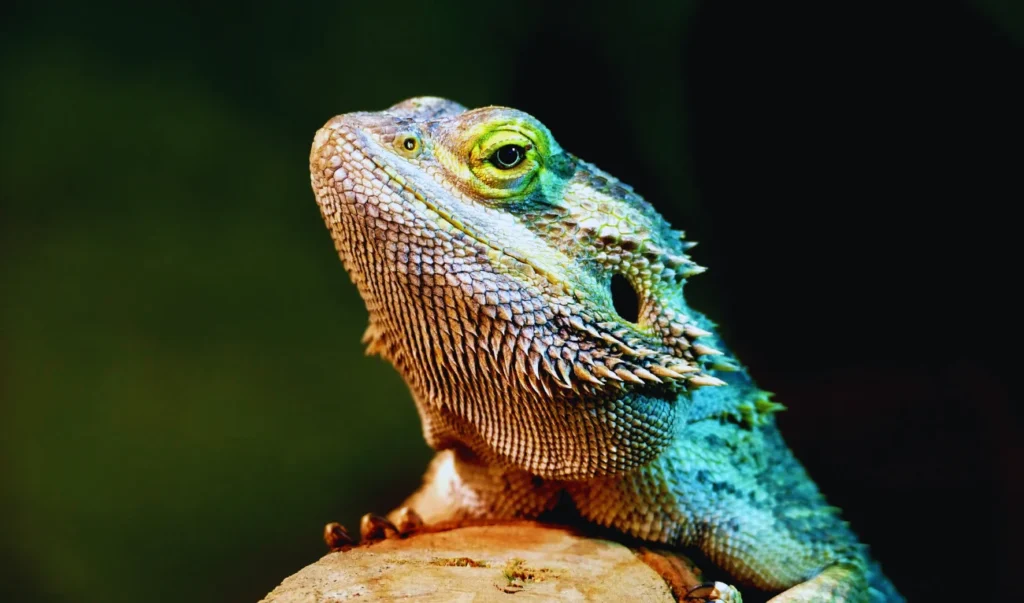
Description:
The flying lizard, also known as Draco, can glide from tree to tree using wing-like flaps of skin that extend from its ribs.
Fast Facts:
| Scientific Name | Draco |
|---|---|
| Habitat | Tropical forests |
| Diet | Insectivore |
| Status | Least Concern ( |
IUCN Red List)|
| Trivia | These lizards can glide over 30 feet in a single leap. |
14. Golden Langur

Description:
The golden langur is a primate species found in the forests of Assam, Bhutan, and India. Its golden fur and gentle demeanor make it a true gem.
Fast Facts:
| Scientific Name | Trachypithecus geei |
|---|---|
| Habitat | Forests |
| Diet | Herbivore |
| Status | Endangered (IUCN Red List) |
| Trivia | Golden langurs live in tight-knit groups led by a dominant male. |
15. Giant Panda
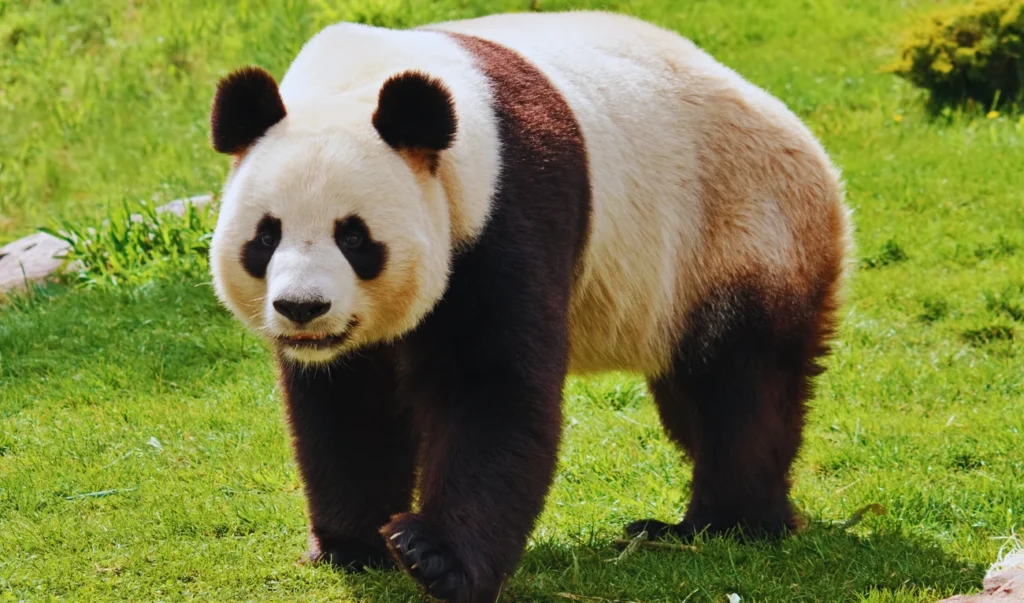
Description:
The giant panda is a global conservation icon, known for its black-and-white coat and endearing clumsiness. It primarily lives in bamboo forests in the mountains of China.
Fast Facts:
| Scientific Name | Ailuropoda melanoleuca |
|---|---|
| Habitat | Bamboo forests |
| Diet | Herbivore |
| Status | Vulnerable (IUCN Red List) |
| Trivia | Pandas consume up to 40 pounds of bamboo daily. |
16. Komodo Dragon

Description:
The Komodo dragon is the largest lizard in the world, found on a few Indonesian islands. They are formidable predators with a keen sense of smell and a venomous bite.
Fast Facts:
| Scientific Name | Varanus komodoensis |
|---|---|
| Habitat | Tropical forests |
| Diet | Carnivore |
| Status | Vulnerable (IUCN Red List) |
| Trivia | Komodo dragons can take down prey as large as water buffalo. |
Asia’s wildlife is incredibly diverse and vital for the ecosystem’s health. Each species plays a unique role in maintaining the natural balance. By learning about these animals, we can better appreciate the need for conservation and the beauty of Asia’s natural heritage.
If you enjoyed this post, don’t forget to share it with fellow wildlife enthusiasts. Let’s spread awareness and work together to protect these magnificent creatures!


